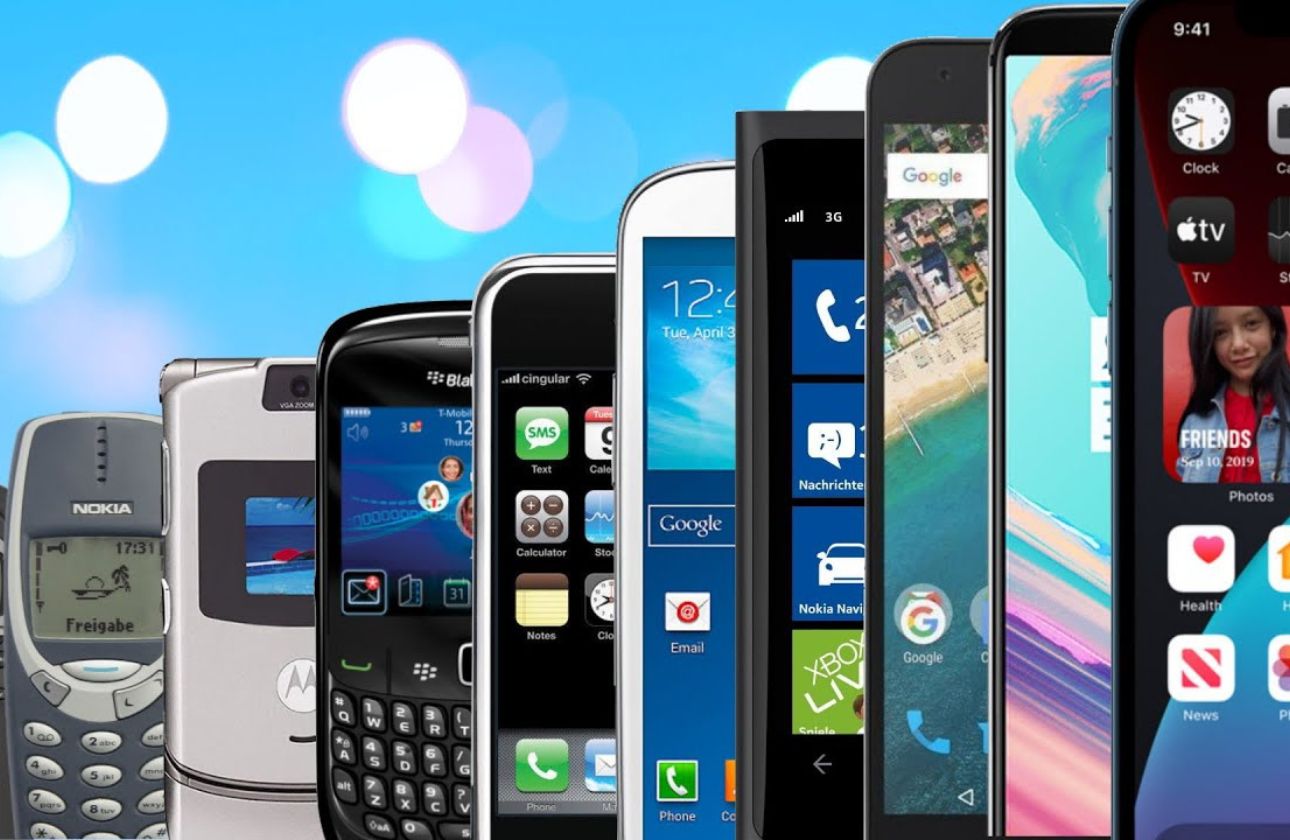The mobile phone, once a luxury reserved for the wealthy, has now become an essential part of our daily lives. The evolution of mobile phones is a fascinating journey, marked by rapid technological advancements, shifting design trends, and changing user demands. From the bulky, brick-like devices of the early years to the sleek, multi-functional smartphones of today, mobile phones have transformed in ways we could only dream of. Let’s take a look back at the journey of mobile phones over the decades.
In the early years, mobile phones were big and cumbersome. The first mobile phone, the Motorola DynaTAC, launched in 1983, weighed 2.5 pounds and was a far cry from the lightweight devices we carry today. It was bulky, expensive, and offered only basic call functionality. The DynaTAC represented the beginning of a new era, but it wasn’t until the 1990s that mobile phones began to gain popularity.
The 1990s brought the transition from analog to digital technology, which improved the efficiency and range of mobile phones. In 1992, the Nokia 1011 became the first GSM (Global System for Mobile Communications) mobile phone, supporting text messaging and international roaming. The Nokia 3310, released in 2000, became a global icon, known for its durability and the addictive game “Snake.”
By the early 2000s, mobile phones were starting to include features beyond just calling and texting. The Nokia 7650, released in 2002, was one of the first phones to feature a built-in camera. Phones also began to sport color screens, replacing the old monochrome displays. This period saw the emergence of flip phones, such as the Motorola Razr, which became a style icon.
In 2007, Apple revolutionized the mobile phone industry with the launch of the iPhone. With its sleek design, capacitive touchscreen, and intuitive user interface, the iPhone set a new standard for smartphones. The introduction of the App Store in 2008 further transformed mobile phones, turning them into powerful tools capable of gaming, photography, social networking, and more. This was the dawn of the smartphone era.
The 2010s saw rapid advancements in mobile phone technology. The rise of Android devices, larger screens, improved cameras, and powerful processors made smartphones more capable than ever before. The introduction of features like wireless charging, facial recognition, and 5G connectivity has paved the way for the future of mobile phones. Foldable phones, like the Samsung Galaxy Z Fold, are now pushing the boundaries of design, offering a glimpse into the next stage of mobile innovation.
The evolution of mobile phones is a testament to human ingenuity and the relentless pursuit of progress. From the bulky, basic devices of the 1980s to the powerful, sleek smartphones of today, mobile phones have come a long way. Looking ahead, the future promises even more exciting advancements, including artificial intelligence, virtual reality, and perhaps even more revolutionary design changes. The mobile phone will undoubtedly continue to evolve, shaping the way we live, work, and connect with the world.




Comments (0)